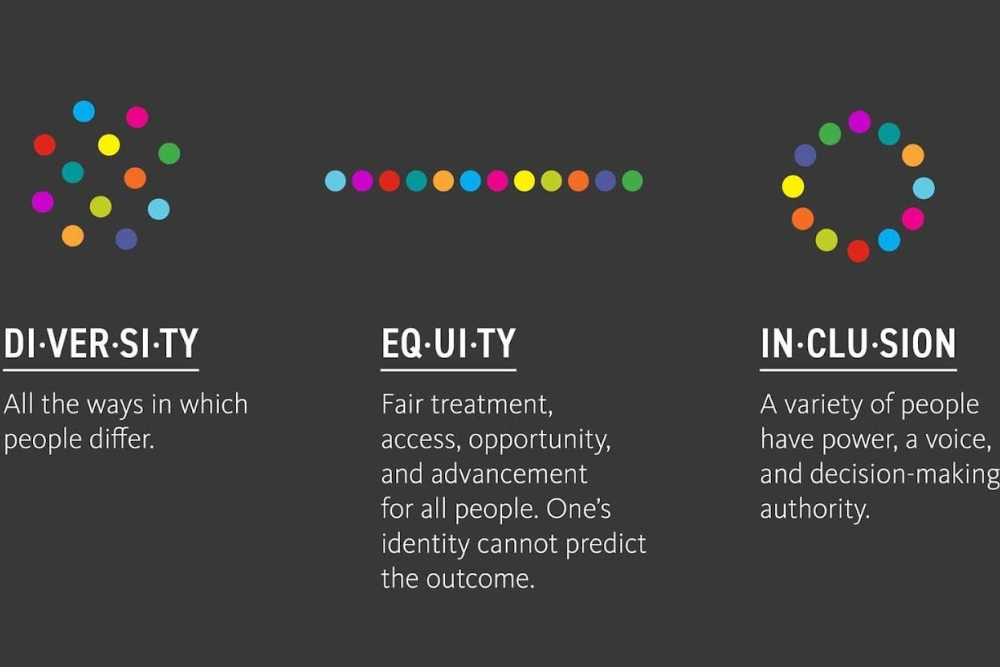A More Representative Sample Size: FDA to Plan for Diversity in Clinical Trials
After years of mounting evidence, federal regulators have introduced a new provision requiring researchers to include a diversity plan in their clinical trials, emphasizing the importance of inclusivity in medical research involving human volunteers.

Clinical trials may have just gotten more effective.
After years of mounting evidence, federal regulators have introduced a new law requiring researchers to include a diversity plan in their clinical trials, emphasizing the importance of inclusivity in medical research involving human volunteers.
The importance of inclusion and diversity in clinical trials is indisputable. Researchers have long understood that individuals of different sexes, races, ages, or ethnicities might react differently to certain medications or vaccines. For the most accurate and effective results in clinical trial research, it's essential to have equal representation of racial and ethnic minorities and other diverse groups.
A Landmark Decision
We've come a long way from the 1990s, when, according to Dr. Puckrein of the National Minority Quality Forum, women weren't even recruited for clinical trials, as researchers assumed women's reactions and disease pathology would be the same as men's.
But we may not have progressed as much as we thought. In early 2022, the U.S. National Academies of Sciences, Engineering, and Medicine released a report concluding that progress in diversity efforts in the U.S. had "largely stalled."
The same report discovered that between 2012 and 2017, 27% of clinical trials adequately represented older adults, with only 11% meeting the bar for minority and racial groups. In some cases, the report also found that older adults, pregnant women, and people with disabilities may have been entirely excluded from U.S. clinical research.
In response to the damning data, the Food and Drug Administration (FDA) announced that it was taking steps to increase diversity in clinical trials and released a draft of its proposal for improving enrollment of underrepresented groups. In December 2022, U.S. President Joe Biden signed the new FDA reform act into law as part of a larger bill.
Cautious Optimism
There's room for optimism, but that doesn't mean there aren't going to be challenges. Although experts have called the new FDA provisions "the biggest change [to healthcare regulation] in the last three decades," there will be a few obstacles to navigate on the road to true diversity, equity, and inclusion in clinical trials.

Changes Come With Challenges
The end goal of diversity and inclusion in clinical trials is adequate representation, which means the percentage of a particular group in a clinical trial approximately correlates to that of the population with the specific disease the trial is testing for.
It sounds logical enough, but this comes with challenges.
Even with the new FDA regulations, there is some doubt over how effective the law will be, with several potential obstacles already identified by concerned researchers:
Bureaucratic delays
Although the reform act is officially U.S. law, the FDA first needs to finalize its guidance and allow some time for the public to comment, which could mean the changes will only go into effect for up to two years.
Undermining provisions
The reform act also has provisions that allow the FDA to bypass its responsibility toward diversity action in certain circumstances, such as an emergency. This undermines the philosophy behind the reform and weakens the power of the legislation.
Enforcement concerns
There is also concern about how strict and effective FDA monitoring and enforcement of the new regulations will be, an area where the FDA has had challenges in the past.
Structural and cultural barriers
The biggest and most complex impediments are structural and cultural barriers, which come in various forms.
Once the FDA's diversity requirements officially go into effect, it will be up to researchers and companies to educate and convince a larger, more diverse population to participate in their clinical trials. This can pose several unique challenges, which change with different racial, ethnic, and minority groups.
A 2021 literature review in the journal Trials identified a number of common barriers to getting adequate representations in clinical trials, including:
- Trust
- Access
- Logistics
- Language
- Eligibility
- Personal attitudes and beliefs
- Lack of knowledge or education

A Collective Effort
The good news? Everyone's working on it.
In the last few years, there's been an outpouring of research focused on determining barriers and finding solutions to the diversity gap in clinical trials.
In 2020, the Multi-Regional Clinical Trials Center released a guidance document on achieving diversity, inclusion, and equity in clinical trials. Various journals, including Cancer, Clinical Pharmacology and Therapeutics, Contemporary Clinical Trials, and The Journal of Clinical Oncology, have published reports on the need for more diversity in clinical research and different strategies to get there.
Several of the key strategies to implement include:
- Developing new trial designs
- Decentralizing clinical trial sites
- Reporting aggregate data on trial diversity
- Incorporating digital tools to enhance accessibility
- Partnering with community leaders and advocacy groups
- Improving representation among researchers and investigators
- Providing researchers education on cross-cultural competencies

We're on the Right Track
We may not be there yet, but we're on the right track.
The new regulations mark one of the first tangible steps toward more diversity and inclusivity in clinical trials. Many believe that by taking the first step, U.S. regulators will inspire other countries to follow suit.
The government of Canada has already implemented a new regulatory process, with the U.K.'s National Health Service not far behind.
With continued concerted effort, the clinical trials that have been fundamental to medical research and extended human life by 14 million years will become even more effective.
Want to stay updated on all the latest health and clinical trial news? Sign up for StudyPages' free Pulse newsletter today!